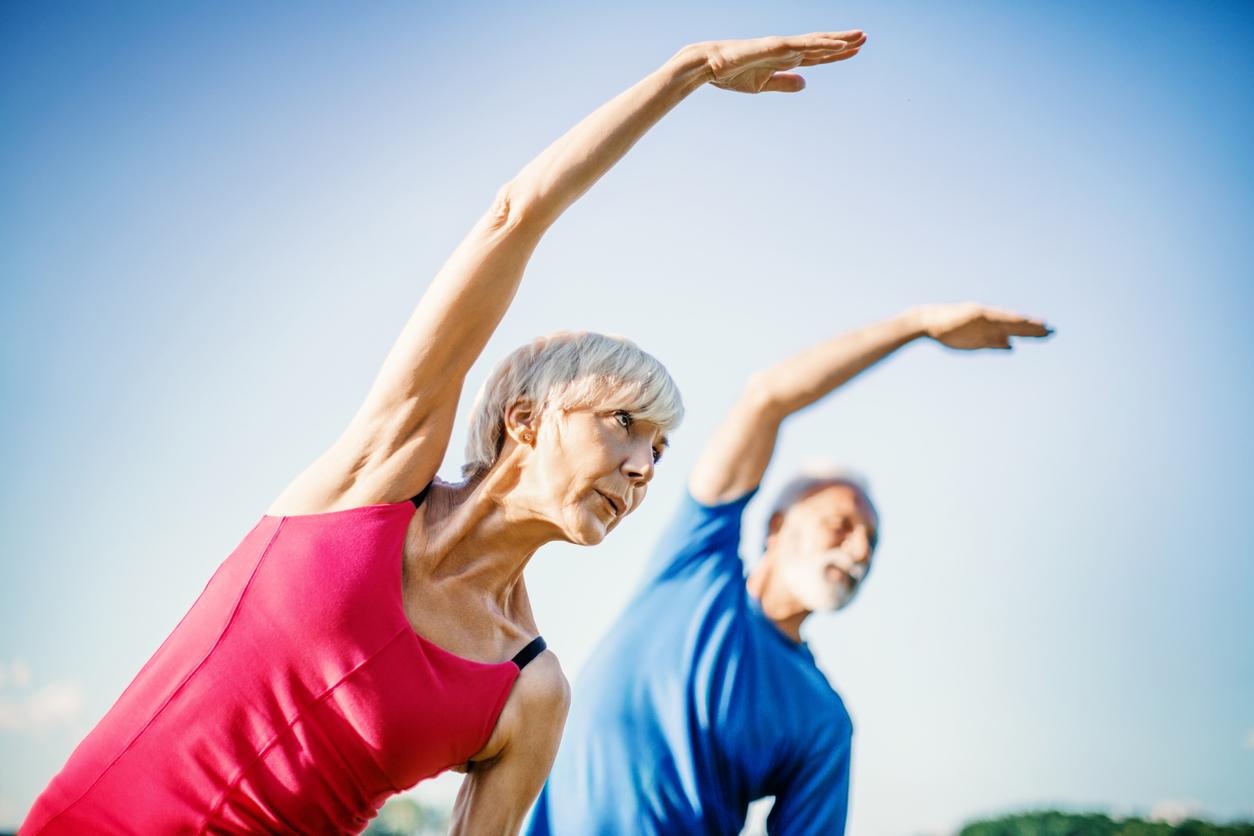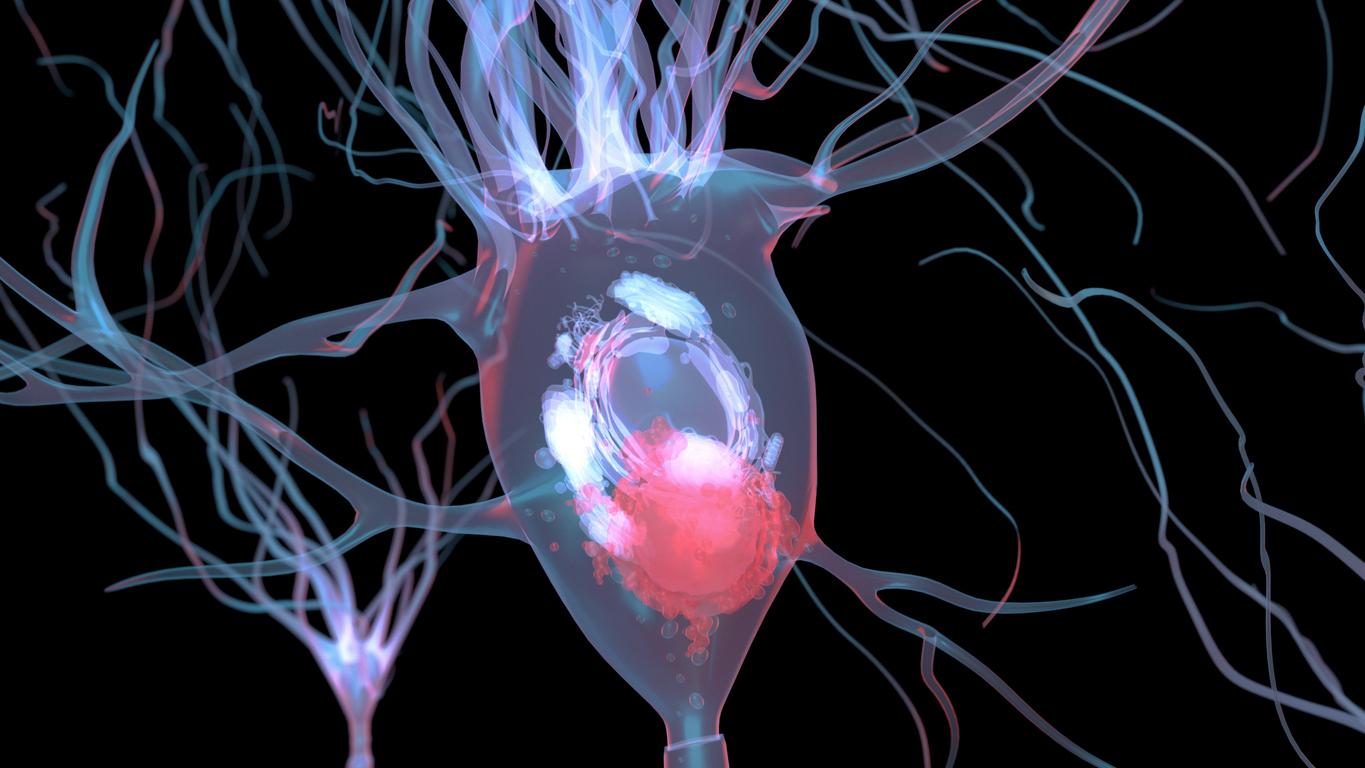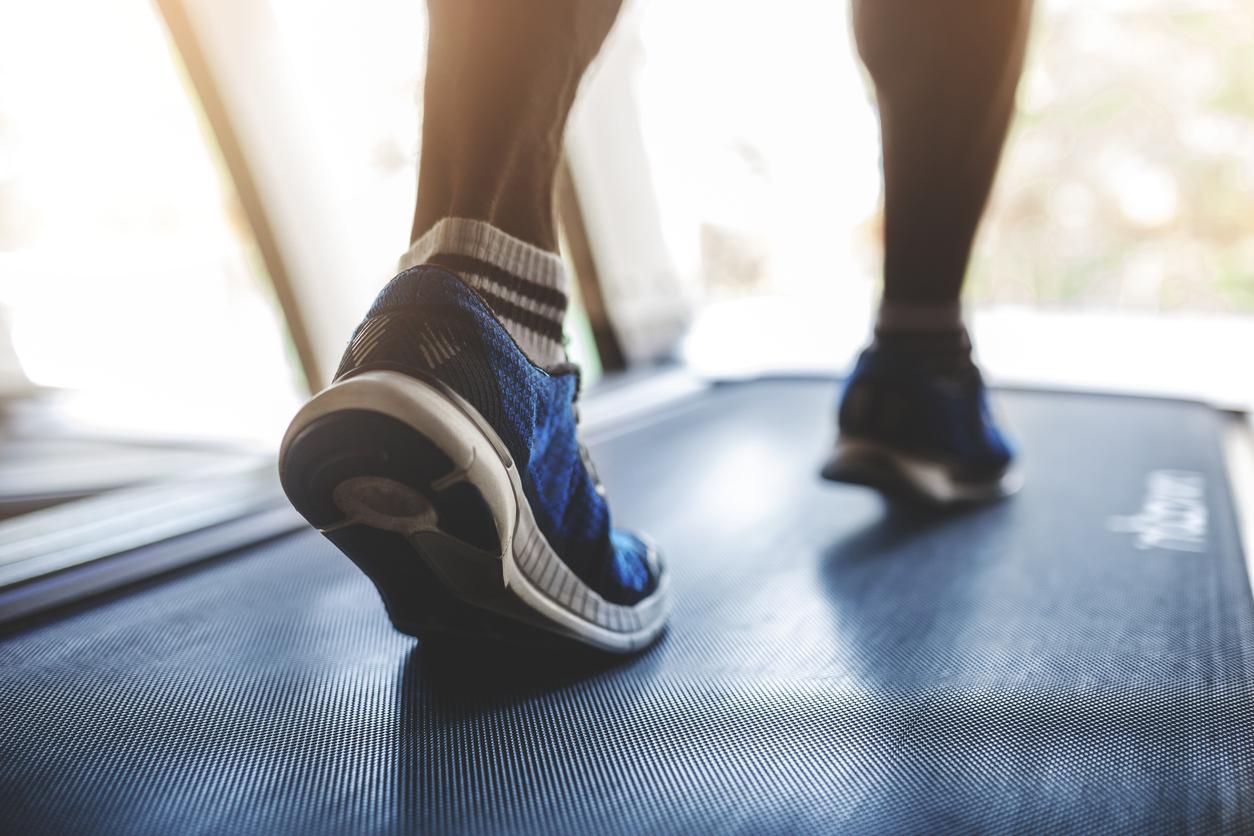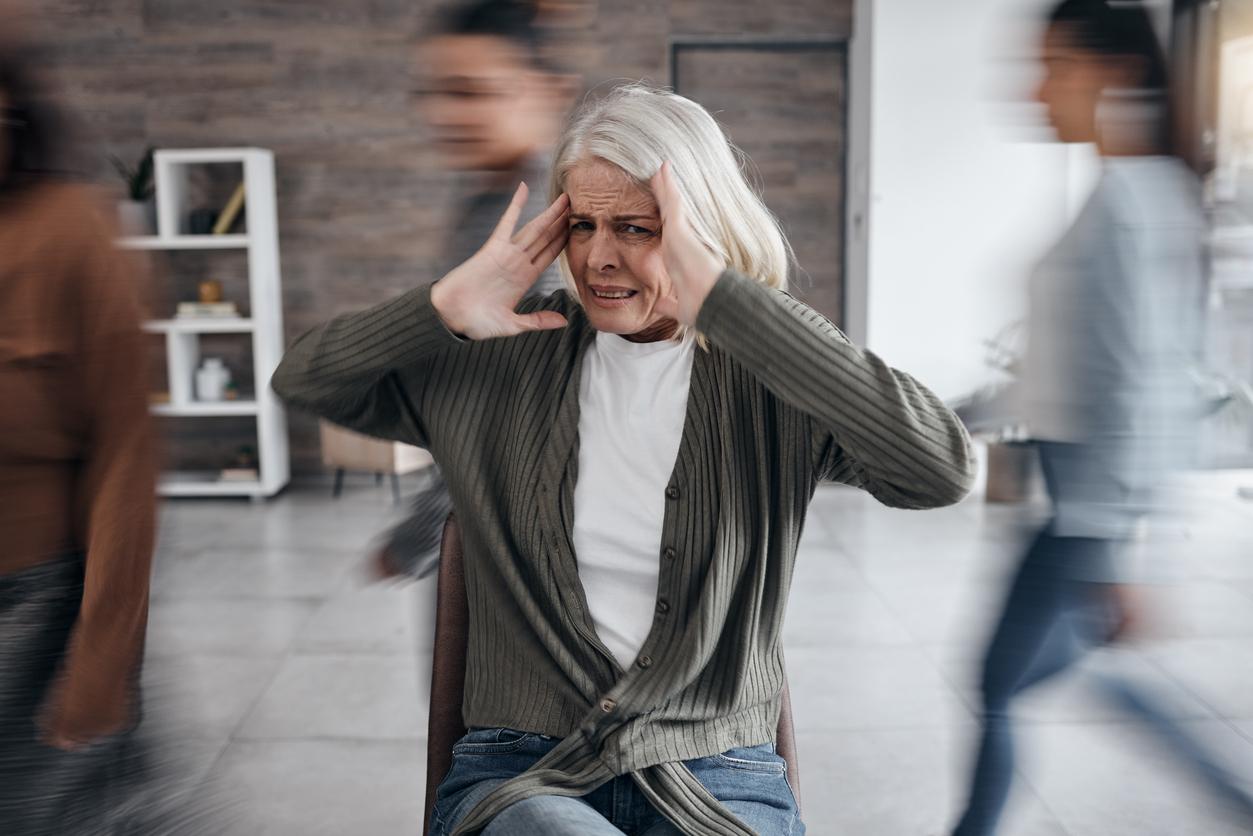A team of researchers reaffirms the benefits of physical activity to ward off chronic diseases and preserve the quality of life of seniors.

- Physical activity plays a crucial role in aging well, especially in an aging society. The practice of 150 minutes of moderate activity per week reduces by 31 % the risk of mortality all causes.
- The exercise prevents falls, improves bone health, cognition and mood, while helping to manage more than 30 chronic diseases such as heart disease, diabetes, osteoporosis, depression, dementia or certain cancers .
- Experts encourage an approach adapted to each patient, giving pride of place to muscle strengthening exercises. As a reminder, the WHO recommends 150 to 300 minutes of moderate to Intense physical activity each week for adults, including seniors.
“Move more [pour] to age better “ ? A new study across the Atlantic, published in the Canadian Medical Association Journalhighlights the crucial role of physical activity in the prevention of diseases and improving the quality of life of the elderly.
Health benefits of physical exercise
With an aging population in Canada where, as in France, one in five people will be 65 or over by 2025, the maintenance of the health of the elders becomes a priority. However, only 20 % of adults respect the country’s official recommendations in terms of physical activity. In other words, many seniors are preparing to spend their third age in a fragile state of health.
“Physical activity is one of the most effective ways to preserve functional autonomy, including in fragile people or at risk of falling”say researchers in a press releaseemphasizing its beneficial impact on cognition, mental health and therefore quality of life. Recently, in France, the High Authority for Health (HAS) even considers it as “Treatment in its own right” that should be “prescribed” by doctors.
In detail, a recent meta-analysis shows that a weekly practice of 150 minutes of moderate activity reduces by 31 % the risk of mortality all causes. The positive effects of physical activity thus cover more than 30 chronic diseases, such as heart disease, diabetes, osteoporosis, depression, dementia or certain cancers.
Physical activity prescriptions for seniors
Here, according to scientists,, the main advantages of the exercise:
– Reduction of the risk of falls thanks to better muscle strength and better balance;
– Improvement of bone health and joints, including the relief of the symptoms of osteoarthritis;
– stimulation of cognitive functions and mood improvement;
– Increased ability to carry out daily activities.
As a reminder, the World Health Organization (WHO) recommends 150 to 300 minutes of moderate to Intense physical activity each week for adults, including seniors. If sports is not always intuitive for our elders, often hampered by health or mobility problems, “Age or fragility should never be seen as contraindications to physical activity, but rather as imperative reasons to promote it”consider researchers. They thus encourage an approach adapted to each patient, giving pride of place to muscle strengthening.
















